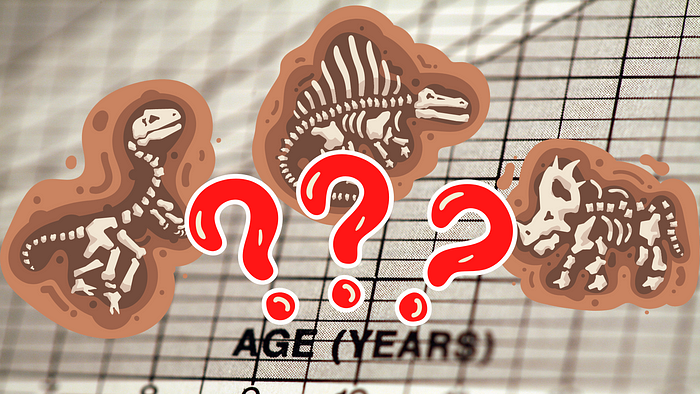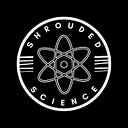Why Crystals Reveal the Age of Dinosaurs?
Ancient Dinosaur Fossils and Radiometric Dating
As a child I’ve always had a fascination for Dinosaurs, ever since watching the first Jurassic Park movie. As I grew older, I began to truly understand how old these behemoths were. For example, did you know the Tyrannosaurus was over 60 million years old! Or that the Tyrannosaurus and the Stegosaurus were never alive at the same time!
It gets you thinking, how do we even begin to date the remains of creatures that so old, even older than our pre-evolved ancestors? This is where we use Radiometric Dating.
Relative Geological Age
Relative geological age is determined based on the layer of rock in which a fossil is discovered. By understanding that fossils are preserved in layers of sedimentary rock, which are deposited in a sequence one on top of another, we can estimate the age of a rock layer based on the rate of deposits.

This means the deeper you go the further back in time you are looking. So fossils found deeper are older than those near the top. It allows for the creation of a timeline of a sequence of events.
However, this method doesn’t allow us to pinpoint an exact age. To do this we need to use more advance techniques.
Absolute Geologic Age and Radiometric dating
Absolute Geologic Age — Assigning a numerical age to a fossil or historical specimen. This is achieved by the technique of radiometric dating, a technique based on the same principle of carbon dating developed by Willard Libby, for which he was awarded a Nobel prize.
Determining the age of ancient remains, such as dinosaurs, can be a difficult task. But, through the use of radiometric dating, we can assign a numerical age to fossils and historical specimens. This is done through the use of radioactive isotopes, which are versions of an atomic element with a different number of neutrons. These isotopes are unstable and can transform into other elements through the release of energy.
For example typically the element carbon has a mass of 12 — this is 6 protons and 6 neutrons, however there exist alternative forms of Carbon with different ratios. Such as the second most abundant form of Carbon is Carbon-14. This has two extra neutrons and results in the element become far less stable, and eventually an atom of Carbon-14 would decay into Nitrogen.
So when living thing dies it stops accumulating new Carbon. and at the time of death it has a fixed number of Carbon-14 atoms. By observing the ratio between stable Carbon 12 and Carbon 14 scientists are able to predict how long has passed since the organisms death.
However there is a major issue with using carbon for finding the age of dinosaurs. Carbon-14 has a relatively short half life when compared to the time dinosaurs walked the earth. It takes 5000 years for half of the Carbon-14 to decay, while dinosaurs existed for many millions of years.
Further complicating this is the fact there is actually very little carbon in the fossilised remains of these animals. In fact radiocarbon dating is only as good as dating up to 100,000 years in the past. Far from the millions of years of accuracy we require.
Scientists turn towards heavier elements for a solution. This is where Uranium-Lead dating is used. This works under the same principle except now two decay chains are measured with much longer half lives.
There are two forms of Uranium we are interested in 235 and 238 which by the process of alpha or beta decay produce lead 206 or 207 respectively. These methods have half-lives of 700 million and 4.5 billion years and are more than enough to calculate the age of dinosaurs.

We just need to find a source where we can measure the ratios of Uranium and Lead. Instead of looking at the fossils, we now look at crystals in the rock adjacent to the fossil, such as Zircon which naturally contain impurities of Uranium. When a crystal is formed the Uranium is fixed and it does not incorporate anymore, so by measuring how much Uranium has decayed we can find out the age of the crystal and thus an estimate of the age of the dinosaur fossils.

And that’s in a nutshell how we know how old dinosaurs are.
Shrouded Science is an individual effort, if you enjoyed this consider following.
Consider supporting me by subscribing to my YouTube Channels: Shrouded Science (Maths and Science) and Shrouded Logic (For Programming and Data Science).
Thank you!

